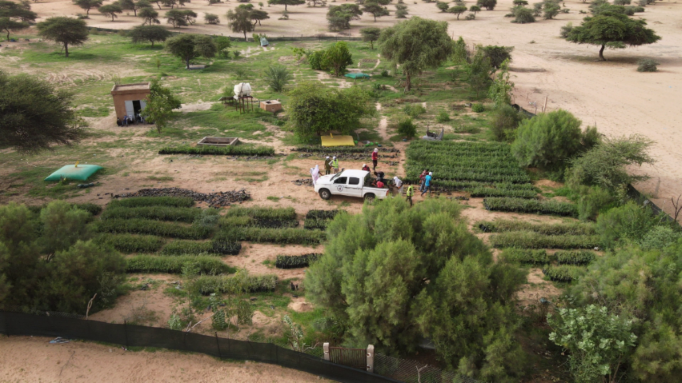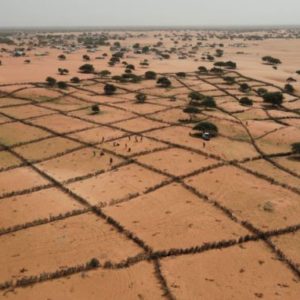Up to 40 % of the planet’s land is degraded, directly affects half of humanity, threatens roughly half of global GDP (US$44 trillion) If business as usual continued through 2050, report projects additional degradation of an area almost the size of South America
Nations’ current pledge to restore 1 billion degraded hectares by 2030 requires $US 1.6 trillion this decade – a fraction of today’s annual $700 billion in fossil fuel and agricultural subsidies
As food prices soar amid rapid climate and other planetary changes, “crisis footing” needed to conserve, restore and use land sustainably Most comprehensive report on topic ever released shortly before
UNCCD’s COP15 in Africa
|
|
|


